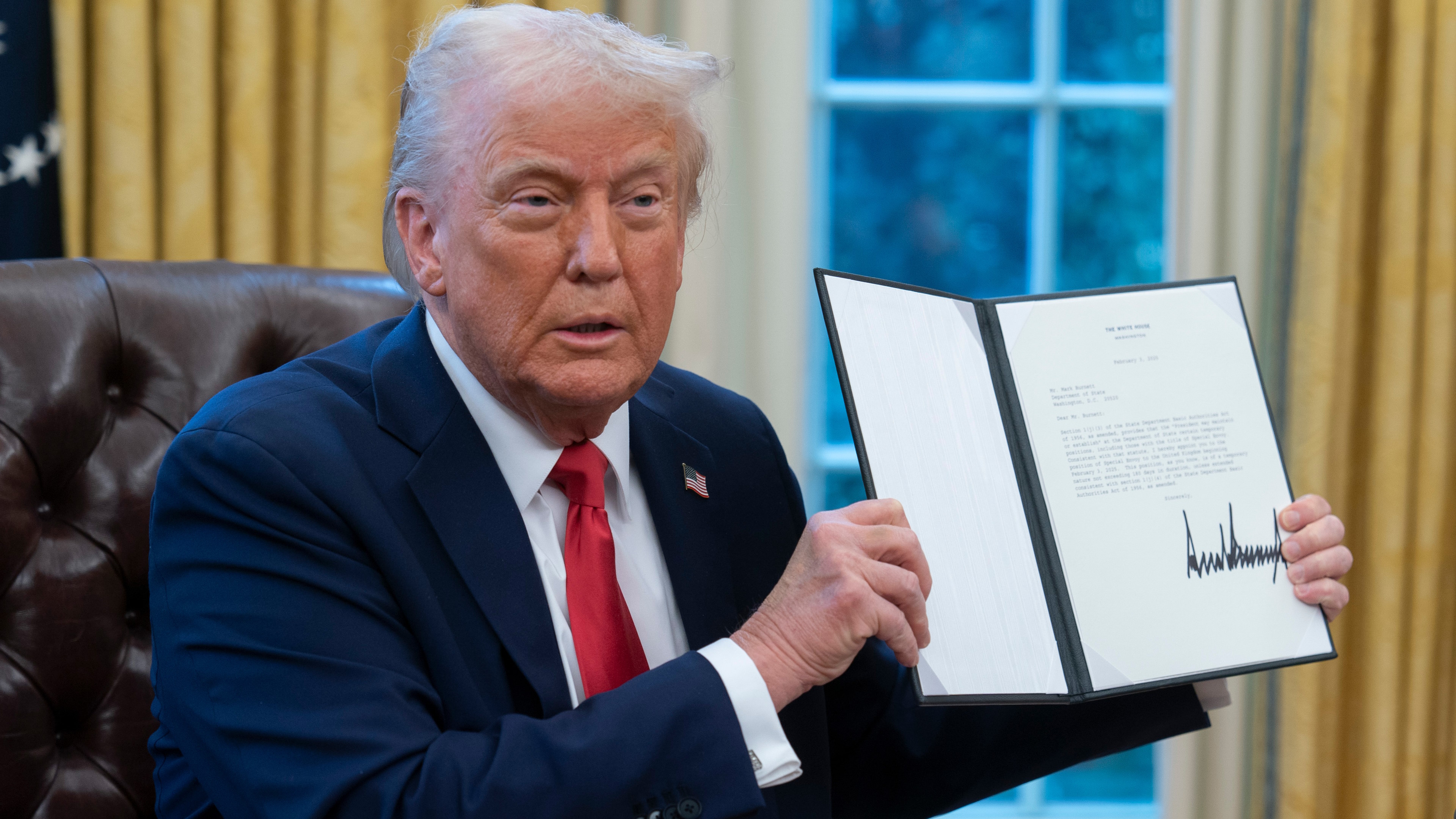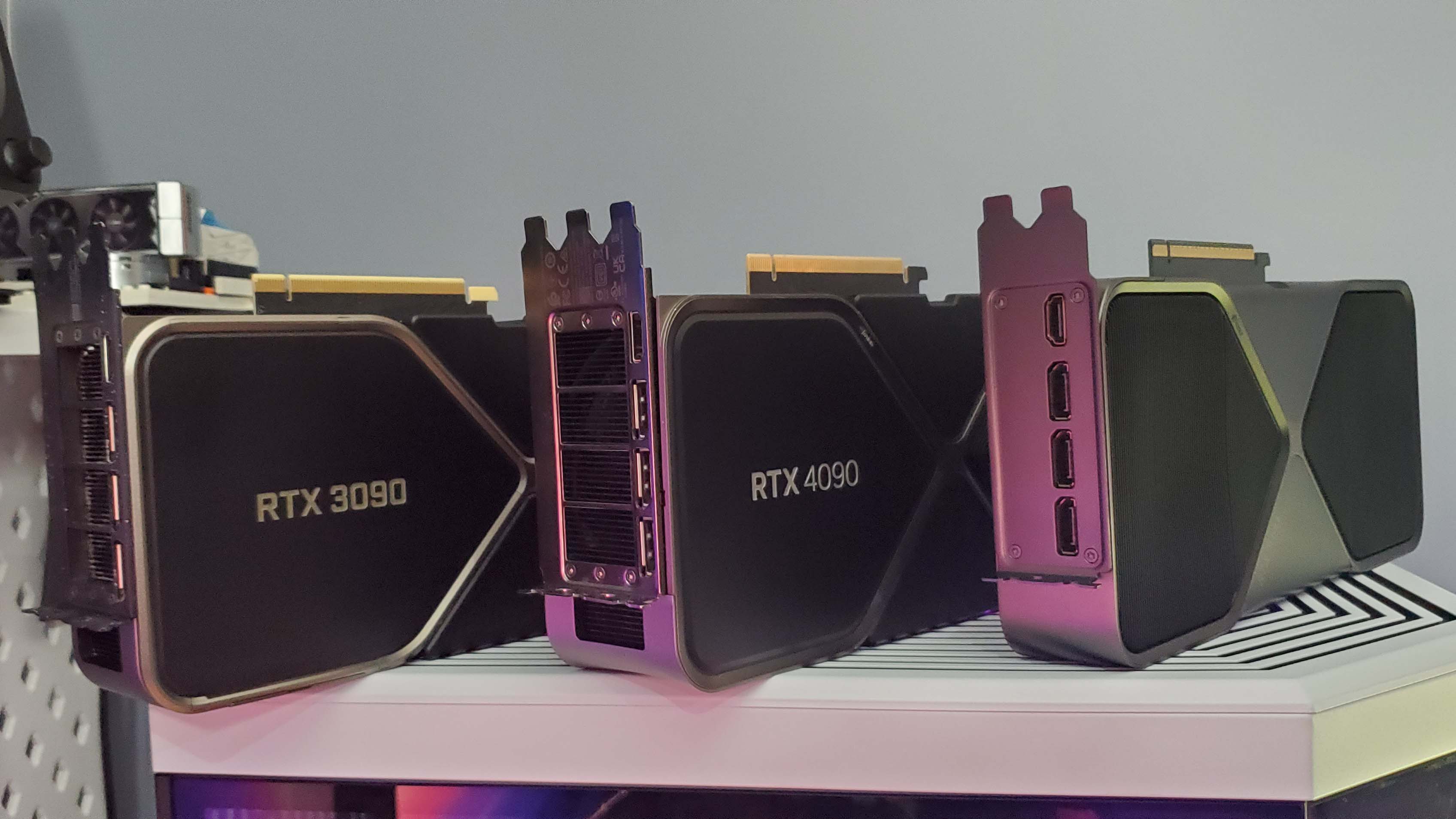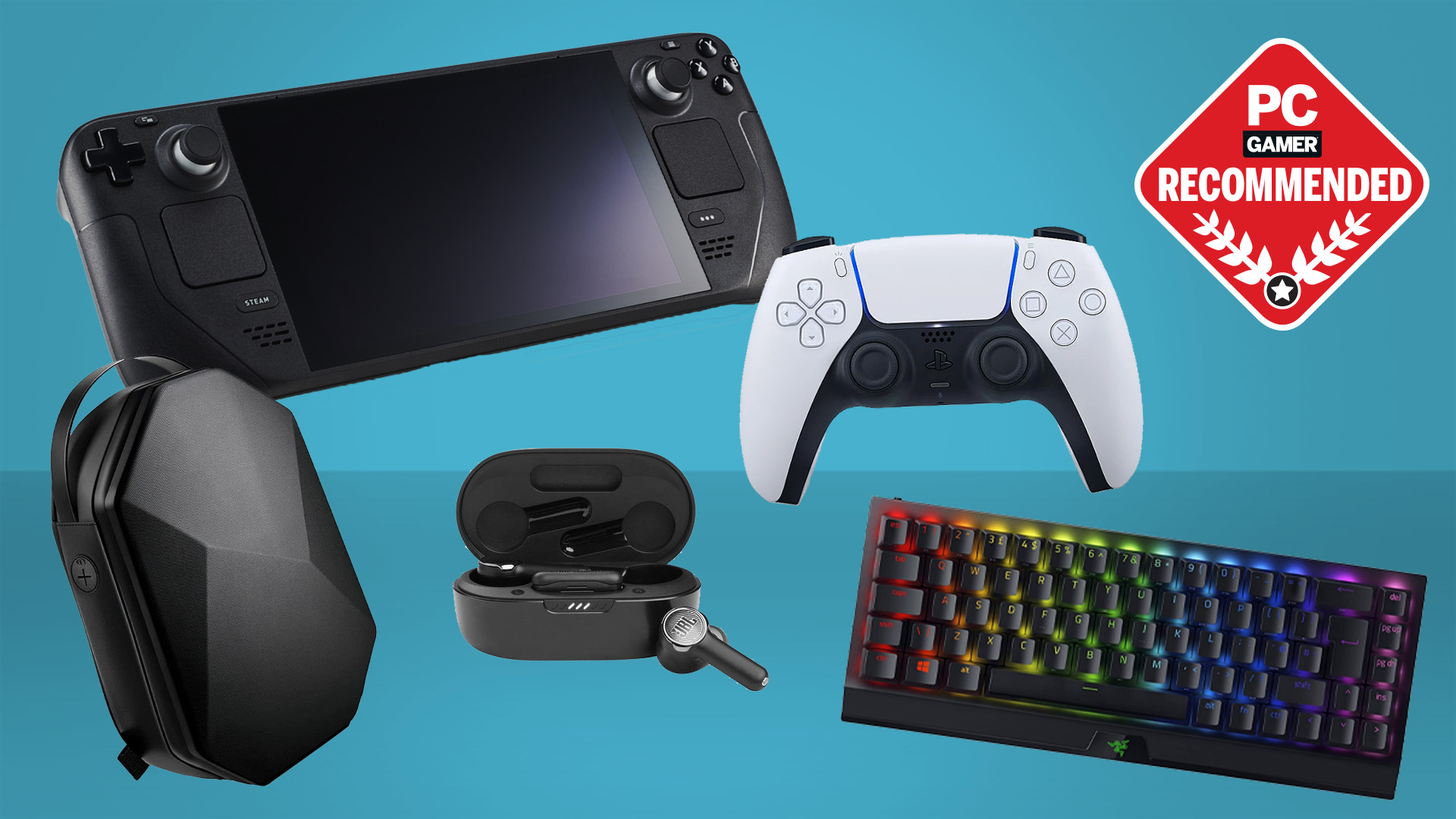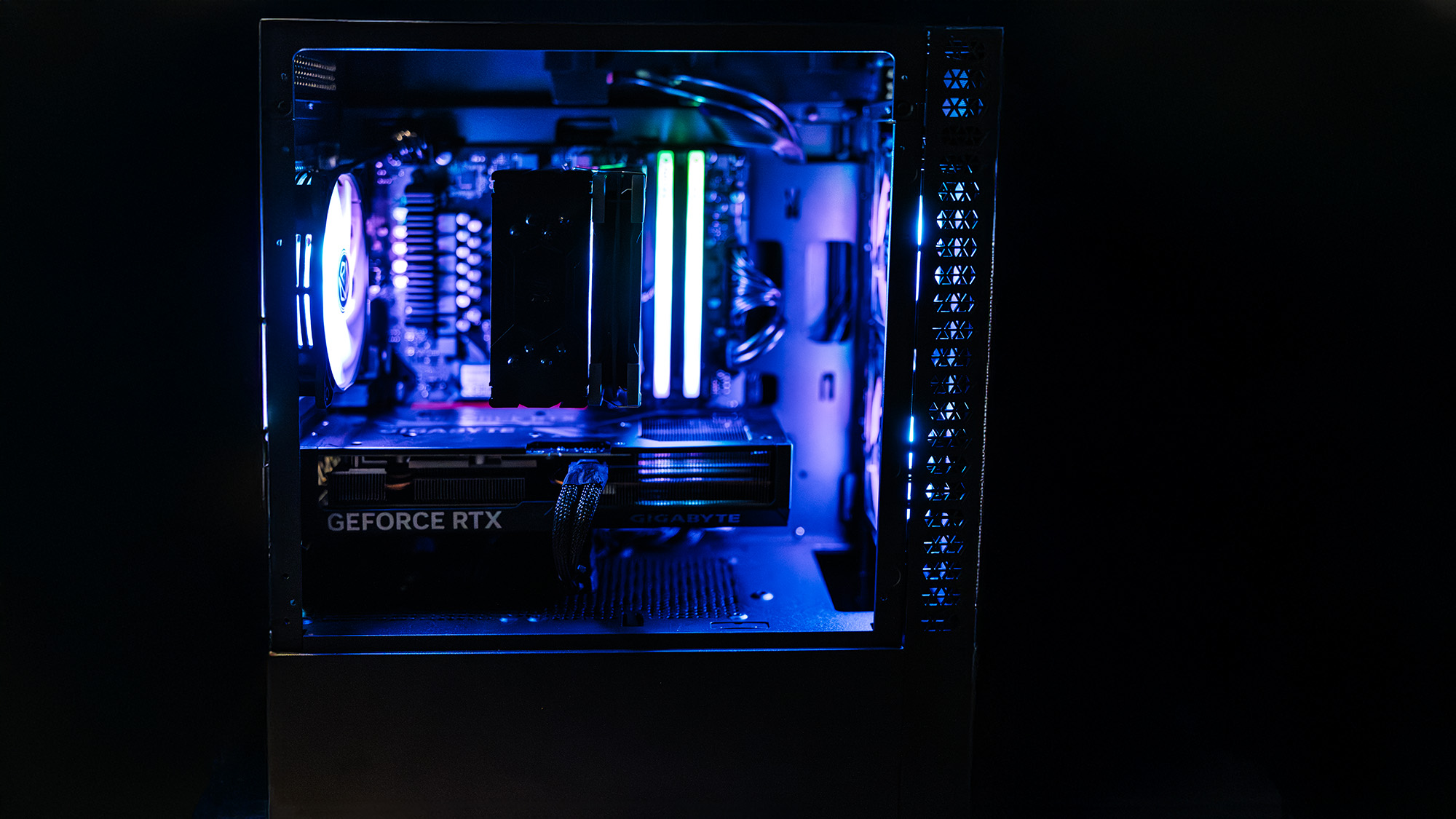Trump flirts with 25% and 'substantially higher' tariffs on all computer chips
Exactly when, and really if at all, nobody knows but the President.

The Trump-tariff love fest is clearly going to run and run. But for what it's worth, the latest PC-relevant development involves a blanket 25% tariff—and rising—on all chips coming into the USA (via Bloomberg). To be clear, nothing official has been announced, but President Trump says the tariff is "likely".
That's a shift or perhaps just an adjunct to Trump's earlier expressed intention to slap up to 100% tariffs on Taiwanese-made chips. To be clear about Trump's statements, in the course of a conversation with journalist at his Mar-a-Lago club, Trump first said that he was planning on announcing tariffs on cars on April 2, "in the neighbourhood of 25%."
When quizzed whether similar tariffs might apply to pharmaceuticals and chips, Trump reportedly replied, "it’ll be 25% and higher, and it’ll go very substantially higher over a course of a year."
While the context and implication is that the chip tariff will be universal, the President did not detail whether some countries might get wavers. As a for instance, Intel has advanced fabs in both Israel and Ireland. Would they be subject to the tariffs? Or is Trump thinking more about the likes of Taiwan and China?
At this stage, and as is often the case with Trump, it's anyone's guess. Indeed, it wouldn't be much of a surprise at all if no chip-specific tariffs were ever imposed. Or maybe it'll be 100% on everything from everywhere. For three days. Take your pick.
Either way, Trump also said he wanted to give companies "time to come in", meaning time to shift their chip production to the US. “When they come into the United States and they have their plant or factory here there is no tariff, so we want to give them a little bit of a chance,” Trump explained.
How much time isn't clear. However the reality of chip production doesn't fit terribly well with Trump's hair-trigger tariff MO. Even if, say, TSMC wanted to move all of its production to the US, it would take many years to achieve that.
The biggest gaming news, reviews and hardware deals
Keep up to date with the most important stories and the best deals, as picked by the PC Gamer team.
Planning, breaking ground on new factories, construction, installation of equipment, staffing the facility, getting the lithography machines up and running, optimising yields... you get the idea, there's a lot to be done and it takes years. Long story short and starting from scratch right now, it would be a push to get a single fab fully up and running within the timeframe of a presidential term, let alone shifting literally all production.

Best CPU for gaming: The top chips from Intel and AMD.
Best gaming motherboard: The right boards.
Best graphics card: Your perfect pixel-pusher awaits.
Best SSD for gaming: Get into the game ahead of the rest.
Of course, after the current presidential term, it's anyone's guess whether the next incumbent would want to maintain or indeed impose such tariffs. So, the question is whether the imposition of what are by definition short term measures can have the desired impact on long term strategy.
All of which means it's hard to see how Trump can both give chip makers enough time to move their production to the US while also maintaining the tariff threat as plausible. After all, if enough time means beyond his presidential term, then how would that work?
Anywho, the subject of presidential term limits is certainly not our area of expertise. So, let's just say that this is all a distinctly circular problem that Trump is attempting to bash square in typical fashion. How it all plays out, we'll have to wait and see.

Jeremy has been writing about technology and PCs since the 90nm Netburst era (Google it!) and enjoys nothing more than a serious dissertation on the finer points of monitor input lag and overshoot followed by a forensic examination of advanced lithography. Or maybe he just likes machines that go “ping!” He also has a thing for tennis and cars.

